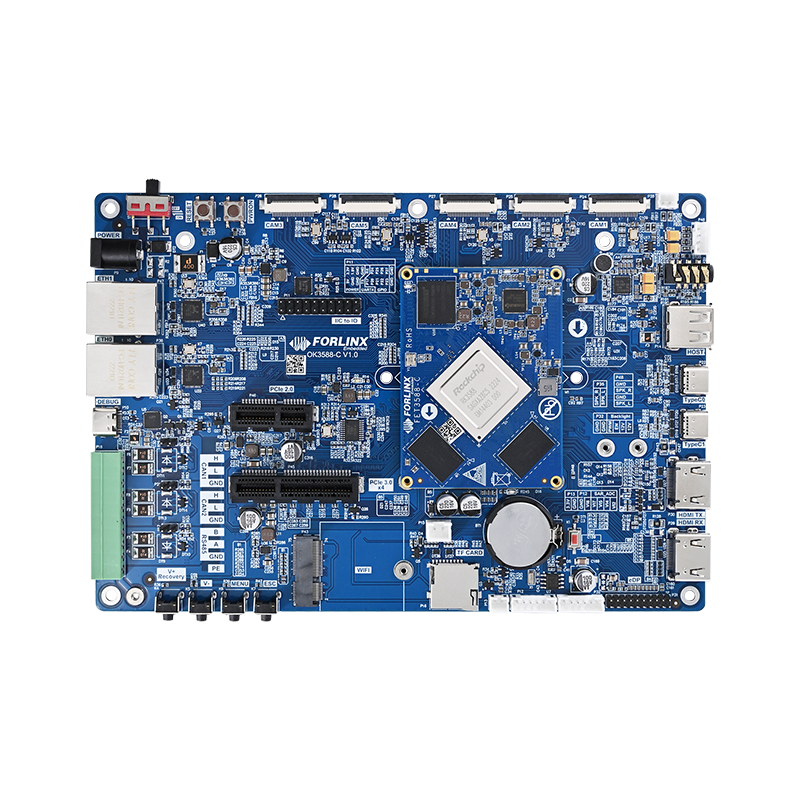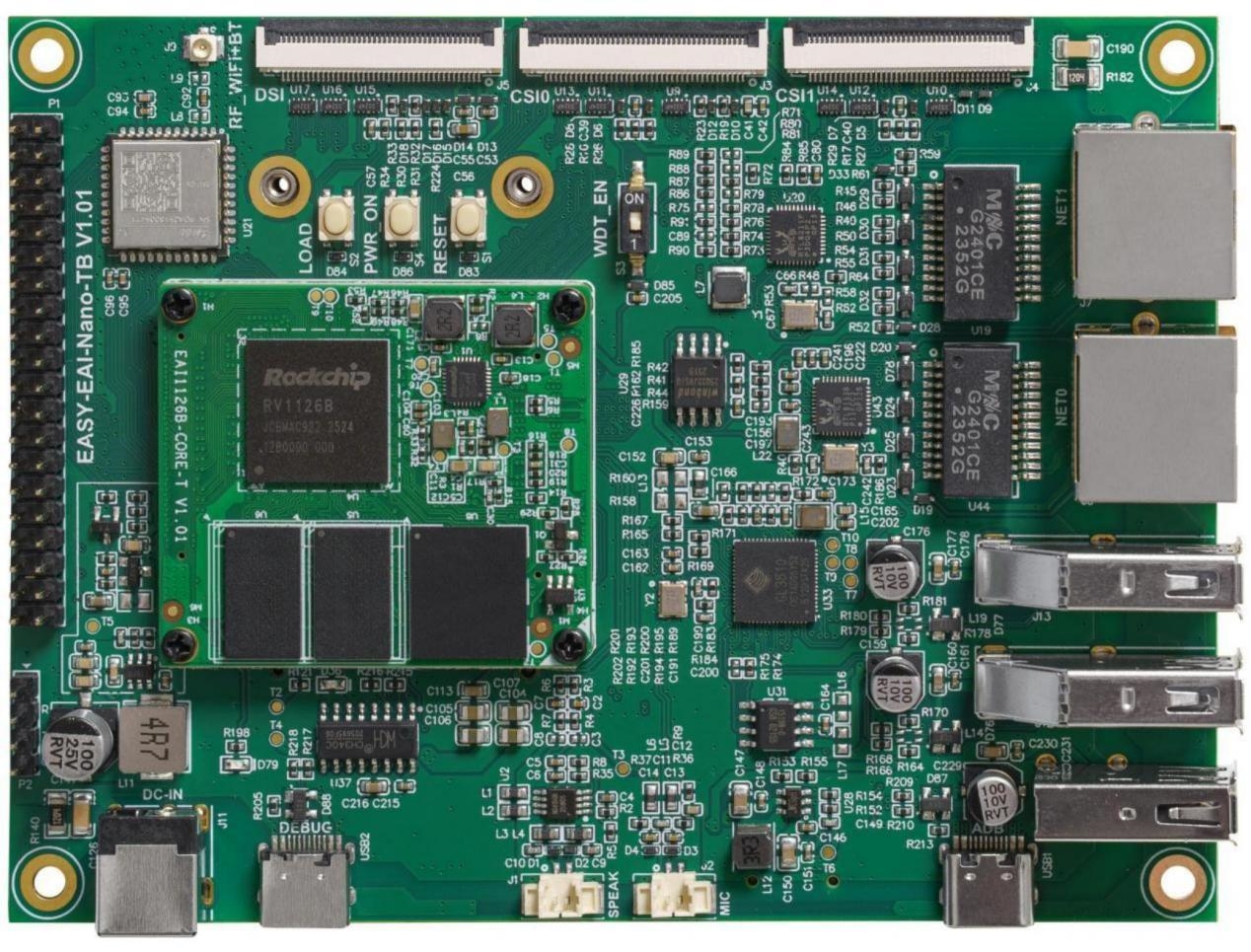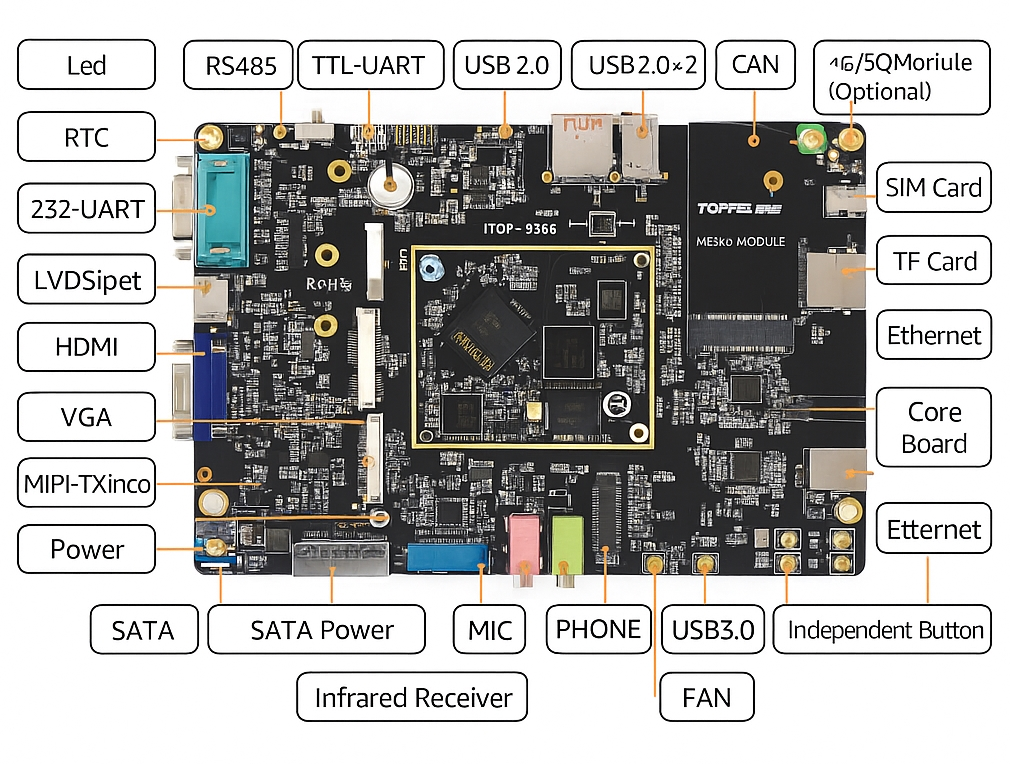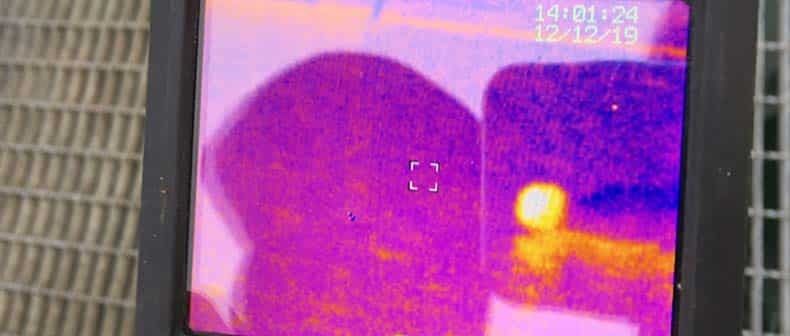Machine vision is transforming industries by enabling machines to interpret visual data and make real-time decisions. Powered by intelligent cameras and artificial intelligence (AI), these systems enhance automation, safety, and efficiency across manufacturing, automotive, energy, and agriculture. This article explores how machine vision is reshaping industrial applications and its future potential.
[](https://www.marketsandmarkets.com/Market-Reports/industrial-machine-vision-market-234246734.html)Enabling Machine Vision
Intelligent cameras equipped with AI process, recognize, detect, and verify environmental elements, enabling machines to respond autonomously. Custom machine vision systems analyze surroundings and provide actionable instructions to other devices, enhancing operational precision and reliability.
Hardware Requirements
High-performance machine vision systems rely on:
- Cameras: High-resolution sensors for accurate image capture.
- Processors: Powerful CPUs or GPUs for real-time image processing.
- Software: Advanced algorithms for pattern recognition and deep learning.
- Connectivity: Robust interfaces for seamless integration with robotic systems.
These components ensure reliability and performance in demanding industrial environments.
Market Outlook
The global machine vision market is projected to reach USD 18.4 billion by 2028, growing at a CAGR of 7.3% from 2023. Growth is driven by increasing automation, AI advancements, and demand for quality control in industries like manufacturing, automotive, and pharmaceuticals.
[](https://www.marketsandmarkets.com/Market-Reports/industrial-machine-vision-market-234246734.html)Benefits of Machine Vision
Machine vision enhances industrial processes by:
- Improving quality control through precise defect detection.
- Enabling automation for repetitive tasks, reducing human error.
- Enhancing safety by identifying hazards in real time.
- Optimizing efficiency with predictive maintenance and process monitoring.
AI-Powered Perception
Combining cameras with perceptual AI enables robots to interpret their environment and make critical decisions without compromising speed. Deep learning algorithms, such as convolutional neural networks, enhance image analysis, enabling applications like object recognition and real-time decision-making.
[](https://www.imarcgroup.com/machine-vision-market)Applications Beyond Industry
Machine vision extends beyond manufacturing, impacting multiple sectors:
Automotive Safety
Machine vision in advanced driver-assistance systems (ADAS), combined with radar, lidar, and navigation systems, enhances vehicle awareness. These systems detect traffic signals, hazards, and road conditions, potentially preventing millions of accidents and injuries by 2050.
Smart Energy Systems
The AI energy market, valued at USD 6.8 billion in 2022, is projected to reach USD 42.7 billion by 2029. Machine vision systems monitor power plants, pipelines, and wind turbines, detecting anomalies, predicting maintenance, and optimizing turbine positioning based on wind speed and direction.
Precision Agriculture
To meet a projected 60% increase in crop demand by 2050, AI-driven machine vision enables precision agriculture. Robots use object detection for automated planting, harvesting, and monitoring, improving yields and resource efficiency.
Conclusion
Machine vision, powered by intelligent cameras and AI, is redefining industrial automation and extending its impact to automotive, energy, and agricultural sectors. With a projected market growth to USD 18.4 billion by 2028, advancements in edge computing, 3D imaging, and deep learning are driving innovation, enabling machines to perceive and interact with the world with unprecedented accuracy and efficiency.
[](https://www.marketsandmarkets.com/Market-Reports/industrial-machine-vision-market-234246734.html) ALLPCB
ALLPCB







